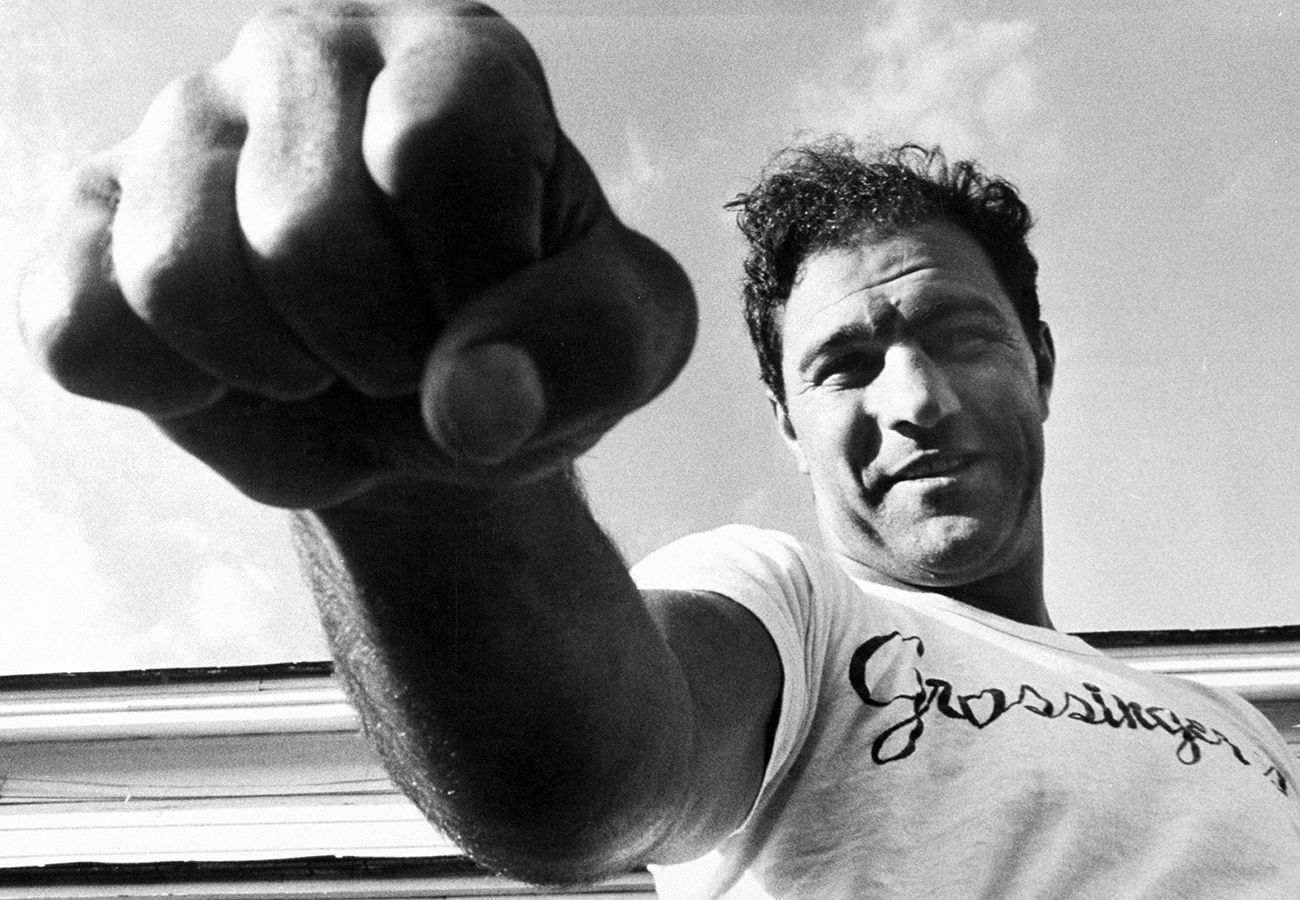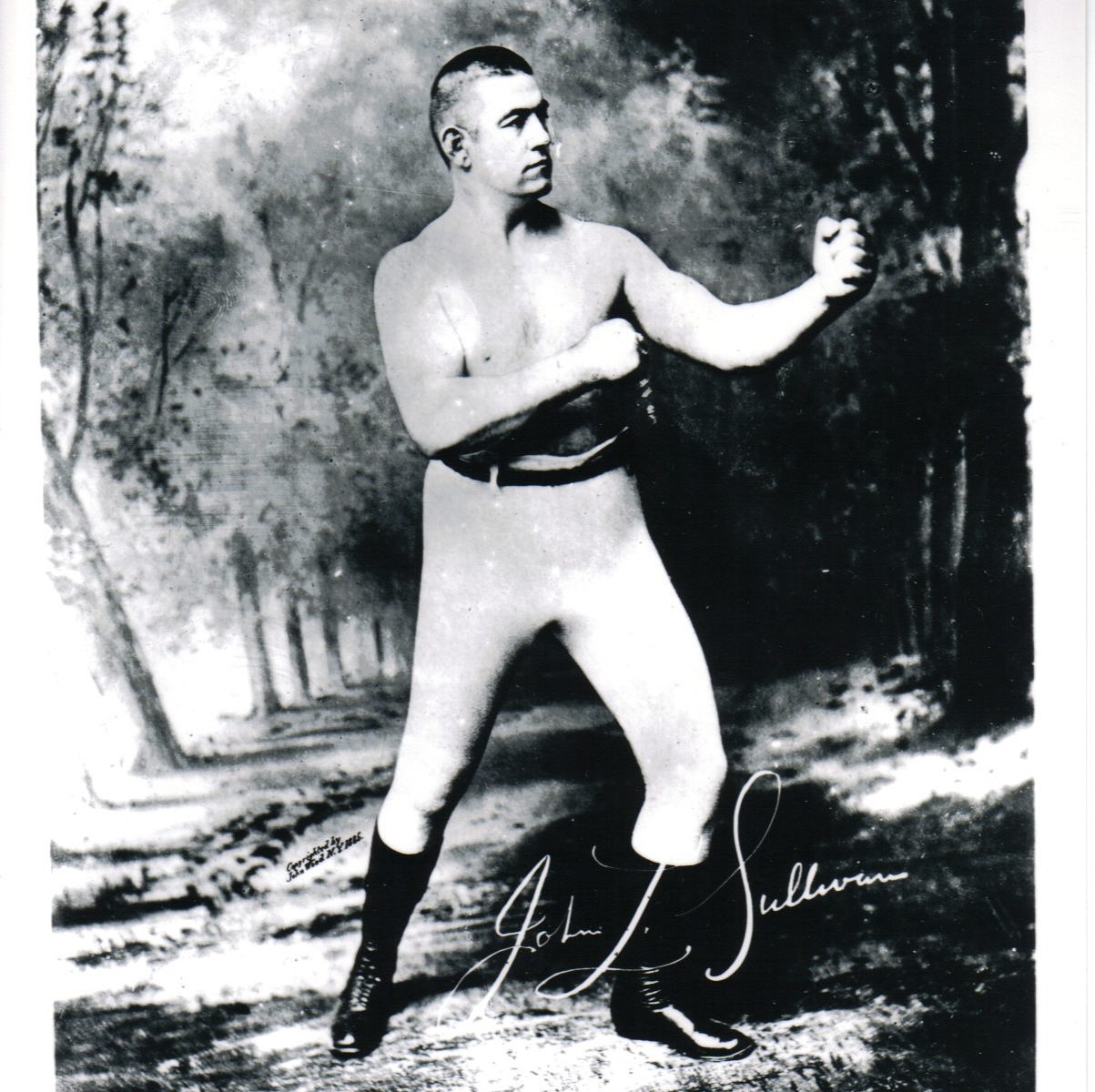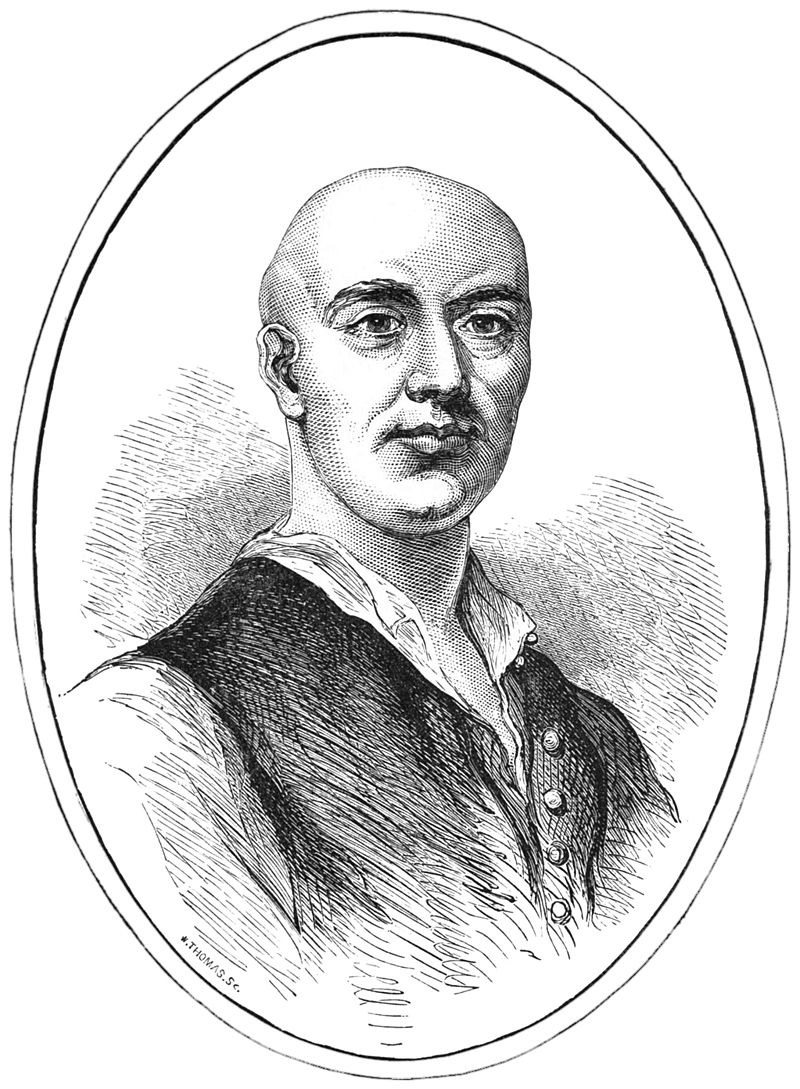Broughton Rules of Boxing
History recorded the impetus behind Broughton’s desire to write Rules of Boxing was a direct result of a bout he had in which Broughton’s opponent was killed. He defeated George Stevenson April 24, 1744 and beat him so badly, Stevenson’s died a month later as a result of his injuries. Recently, that claim has been disputed due to the fact London Newspapers reported George Stevenson in a subsequent bout with Anthony Jones in 1745.
One theory for Broughton formulating his rules was to regulate the outcome of contests thereby encouraging the support of gamblers, wealthy patrons and merchants. Broughton was himself backed by the Duke of Cumberland (son of the king). Broughton introduced the boxing glove called “mufflers” for that reason. They were offered as added protection to royalty studying self-defense at the Broughton Amphitheater..
Broughton is also credited with introducing scientific methods into the sport. He taught deferent methods of punching such as Milling on a retreat whereby a fighter retreats in position to lure his opponent into a trap. Then he quickly executes a direct counter-attack punch to increase the impact of the strike three-fold.
On August 16, 1743, Broughton’s seven rules of boxing were printed and framed at his amphitheater in London.
1. That a square of a yard be chalked in the middle of the stage; and every fresh set-to after a fall, or being parted from the rails, each second is to bring his man to the square and place him opposite to the other; and till they are fairly set-to at the lines, it shall not be lawful for one to strike the other.
2. That in order to prevent any disputes as to the time a man lies after a fall, if the second does not bring his man to the side of the square within the space of half a minute he shall be deemed a beaten man.
3. That, in every main battle, no person whatever shall be upon texcept the principals and their seconds; the same rule to be observed in the bye-battles, except that in the latter Mr. Broughton is allowed to be upon the stage to keep decorum, and to assist gentlemen in getting to their places; provided always he does not interfere in the battle; and whoever presumes to infringe these rules to be turned immediately out of the house. Everybody is to quit the stage as soon as the champions are stripped, before they set-to.
4. That no champion be deemed beaten, unless he falls coming up to the line in the limited time; or that his own second declares him beaten. No second is to be allowed to ask his man’s adversary any questions or advise him to give out.
5. That in the bye-battles, the winning man to have two-thirds of the money given, which shall be publicly divided upon the stage, notwithstanding any private agreement to the contrary.
6. That to prevent disputes, in every main battle, the principals shall, on the coming on the stage, choose from among the gentlemen present two umpires, who shall absolutely decided all disputes that may arise about the battle; and if the two umpires cannot agree, the said umpires to choose a third, who is to determine it.
7. That no person is to hit his adversary when he is down, or seize him by the ham, the breeches, or any part below the waist; a man on his knees to be reckoned down.
Broughton’s seven rules were regarded as definitive for about 100 years and they served as “statutes of the Ring until 1838.” At that time, his rules were superseded by new rules, called the “London Prize Ring Rules” that underwent modifications in 1843, 1853, and 1864.
The London Prize Ring Rules also “introduced measures that remain in effect for professional boxing to this day, such as outlawing butting, gouging, scratching, kicking, hitting a man while down, holding the ropes, and using resin, stones or hard objects in the hands, and biting.”


